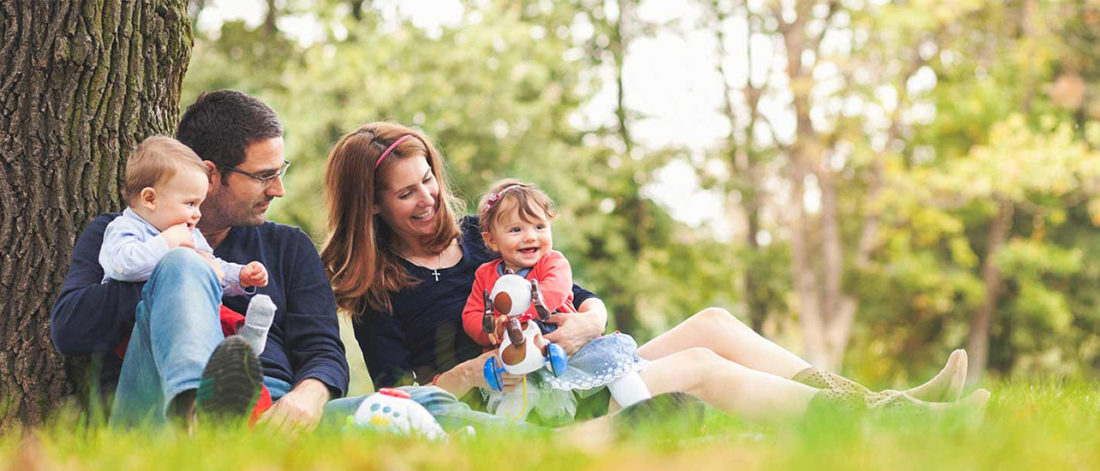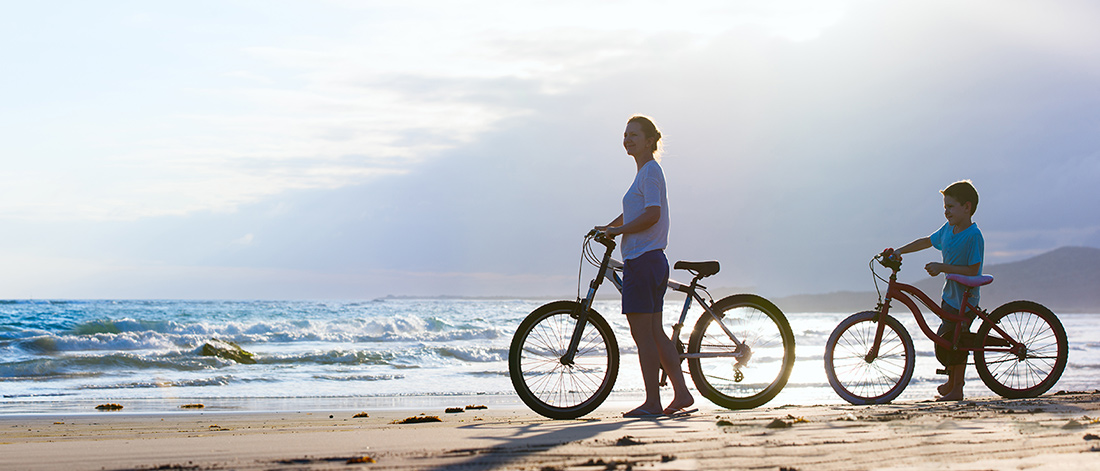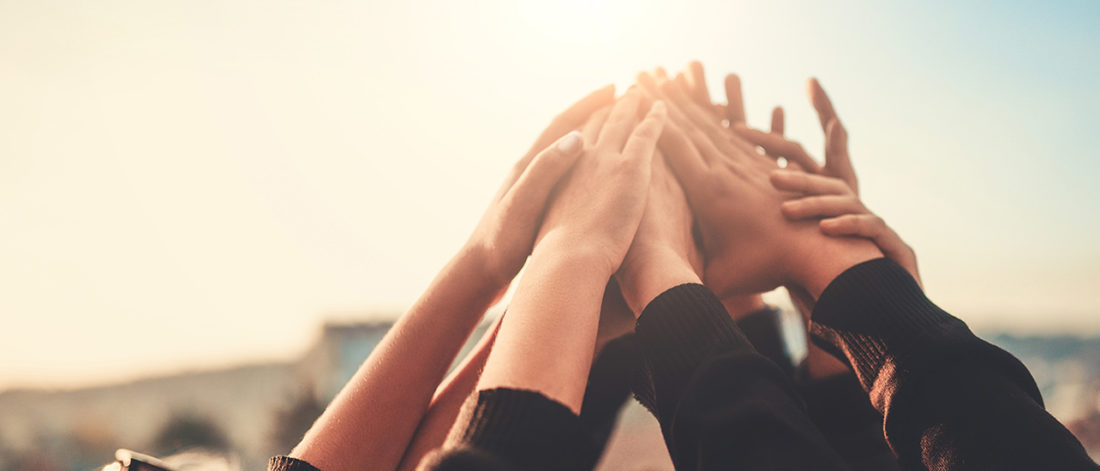November 25th is Interntional Day for the Elimination of Violence Against Women and Children. DEFINITION:
Interpersonal violence directed against a person because of that person’s gender or violence that affects persons of a particular gender disproportionately. It is the types of abuse that women, girls, Two Spirit, transgender and non-binary people are at highest risk of experiencing. Women and gender diverse people are at high risk of gender based violence due to the additional discrimination and barriers they face. This includes women with disabilities, Indigenous women, racialized women, transgender, non-binary people, women who are homeless, or under-housed. It can happen in romantic relationships, families, at work, and between friends and acquaintances or strangers.
THE IMPACT OF INTERPERSONAL VIOLENCE IN CANADA
It cost lives: In 2022, 184 women and girls were violently killed, primarily by men. One woman or girl is killed every 48 hours in Canada (Canadian Femicide Observatory for Justice and Accountability, 2022).
• The Toll: On those who are harmed is significant. It is a source of vicarious trauma. Children who witness violence in the home have twice the rate of psychiatric disorders as children from on-violent homes. (Eve Bender, Psychiatric News, 2004).
• The Cost: It costs billions of dollars: 7.5 billion to deal with the aftermath of inter-personal violence alone (Department of Justice, 2009).
• Can carry over into the workplace: Threatening a women’s ability to maintain economic independence. More than half (53%) of study respondents who experienced violence said that at least one type of abusive act happened at or near their workplace. Almost 40% of those who had experienced abuse. said it made it difficult for them to get to work, and 8.5% said that they lost their jobs because of it (Jennifer C.D. MacGregor et al., Safety and Health at Work, 2016).
• Become Abusers themselves. Children may be more likely to use substances themselves, engage in abusive behaviour, or fall victim to abusive behaviour in their own personal relationships, when they grow up in these environments.








